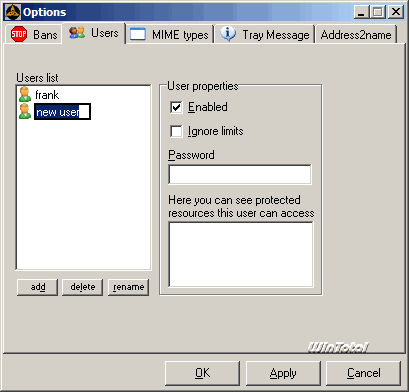

In the macOS environment you will find the HFS+ file system. It has large file size and partition size limits, which means you can store files over 4GB on a flash drive or SD card that is formatted with exFAT.

The third file system, exFAT, is a lightweight file system used primarily in flash storage applications and SD cards. It is a recoverable file system, which means that it keeps track of actions in the file system. It builds on the features of FAT, adds new features, and changes a few others. NTFS uses binary trees that, while complex, allow for very fast access times.
#How to check hfs file system windows#
The second file system you may encounter when using Windows is known as NTFS (New Technology File System). It divides hard disks into one or more partitions (parts) that become letters, like C:, D:, etc. This file allocation table is very simple to implement and use, but can be somewhat slow. This system uses what is known as a File Allocation Table to index the files on the disc. The first is known as the FAT (12, 16, or 32) file system. In the Windows environment, you will find one of three file systems, each with different indexing methods. Depending on the operating system there are different file systems, and thus different indexing methods. This index is most typically based on file names. This index allows the OS to know at any given time where to find a specific file on the hard drive.

The most important part of the file system is the method used to index files on the hard drive. Different OS’s use different file systems, but all have similar features. A File System is a data structure that stores data and information on storage devices (hard drives, floppy disc, etc.), making them easily retrievable. An integral part of an OS is what is called a File System.


 0 kommentar(er)
0 kommentar(er)
